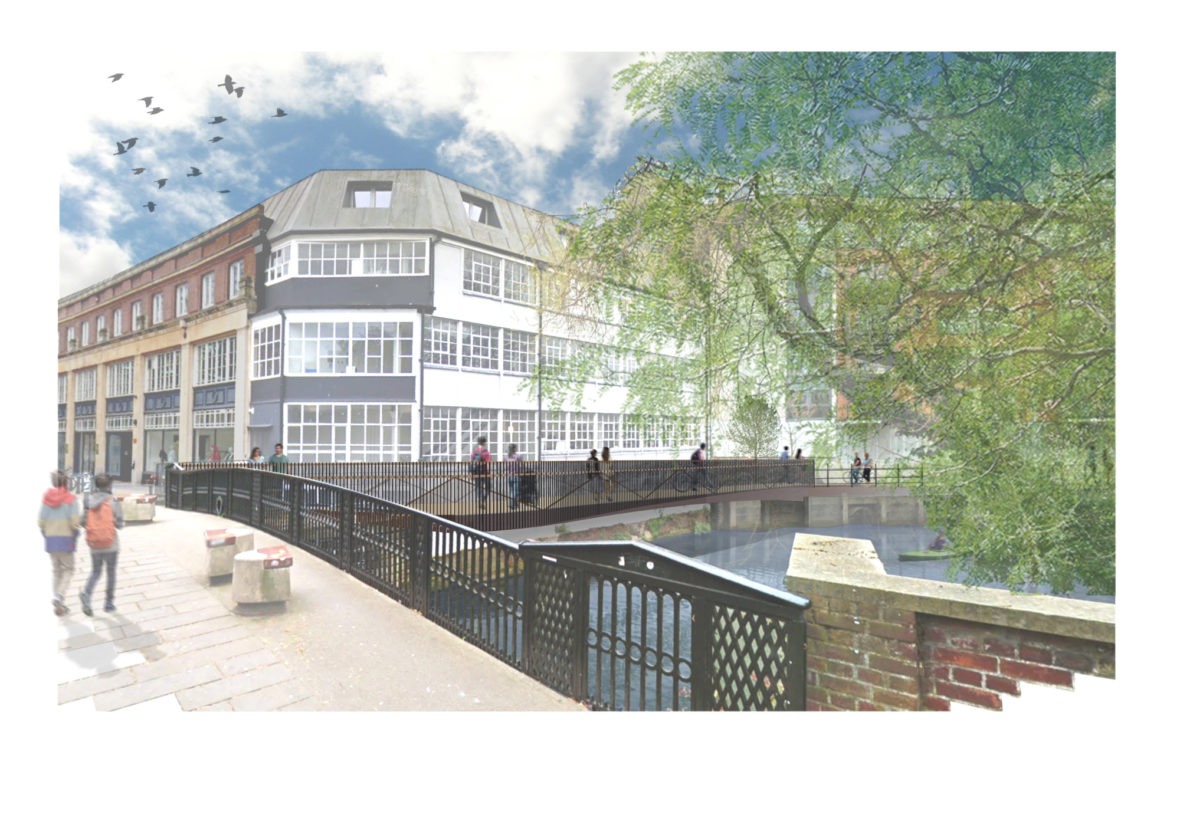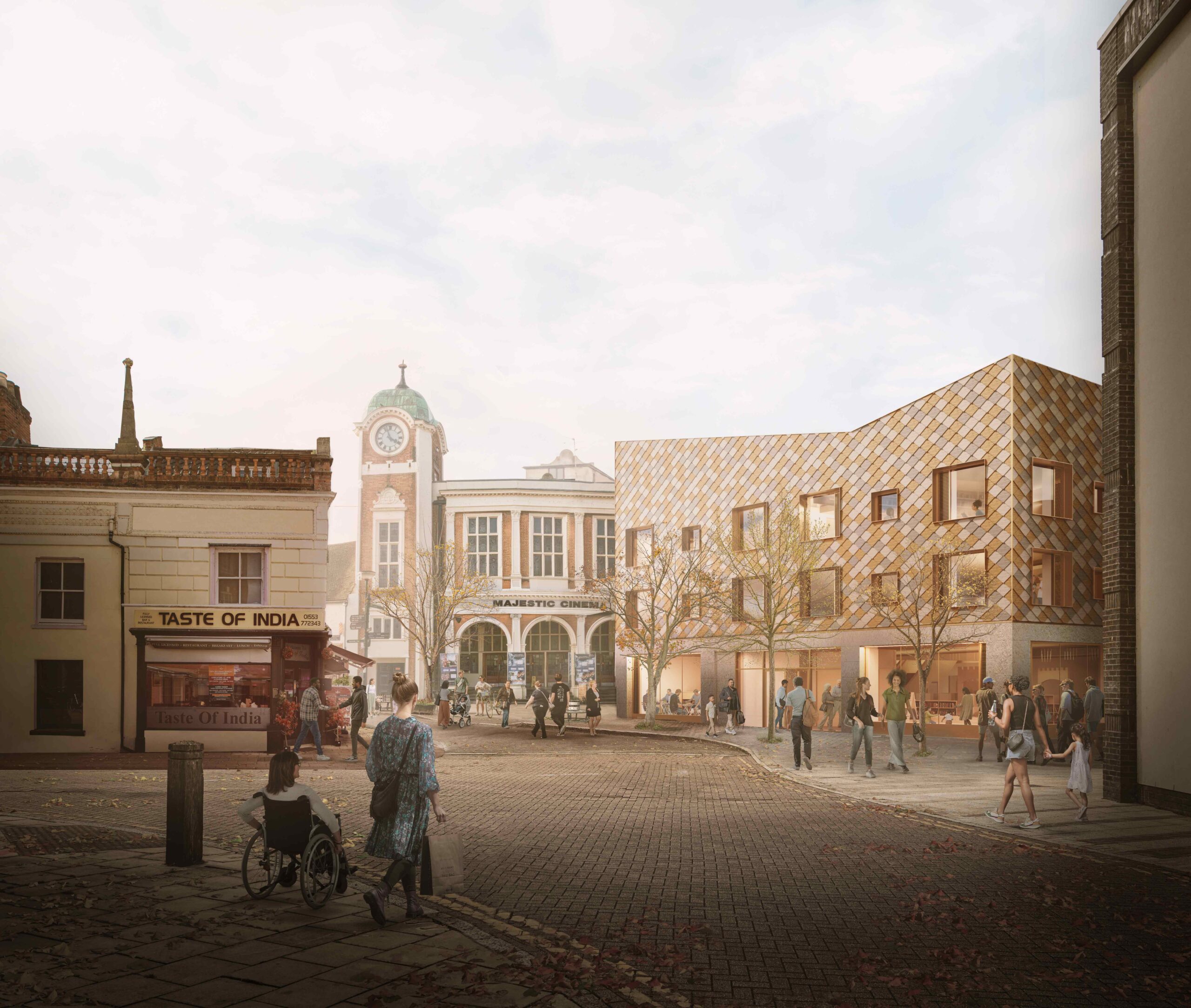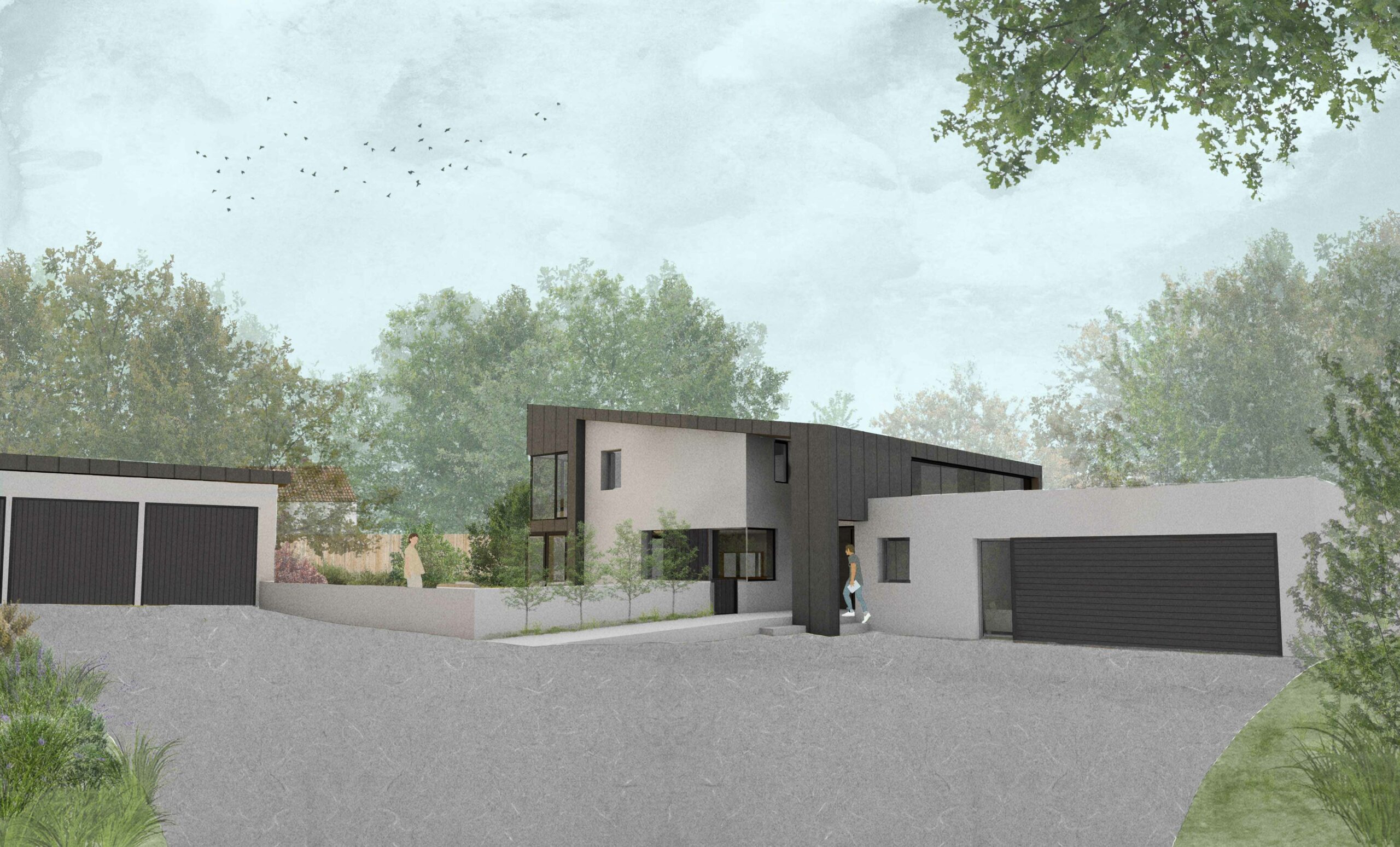
Sustainable, Long-Term Thinking for the Year 02021 and Beyond.
Discussion over coffee in the studio this morning focussed on proposals we have been working on with Norfolk County Council for a new bridge that will connect Duke Street to St Georges Street along the river in front of one of NUA’s studio buildings. It is an odd bridge, in that it will not cross the river. Rather it will connect a dead-end section of riverside walk (formed when the St Andrews carpark was built almost 20 years ago) through to St Georges Bridge, thereby completing a riverside link between the core of the NUA campus to their new multi-use building on Duke Street. Someone observed that a similar bridge might eventually connect beyond St George’s Street, past the main NUA building, to the next section of river walk opposite Friars Quay that leads through to Fye Bridge and beyond. ‘It’ll never happen’ retorted a colleague.
Another river walk – The Jubilee Walkway, in London – suggests such pessimism is ill-judged. When the idea of this new route was first mooted, to mark the Queen’s silver jubilee in 1977, the south bank of the Thames was still largely occupied by a continuous wall of derelict warehouses, which afforded no public access to the riverside. As each site was redeveloped, planning policy required a stretch of public walkway to be built in front of each new office building or apartment block. At first the strategy seemed pointless, as none of the new sections of walkway joined up, but by the end of the century a near-continuous pedestrian route along the south bank had come into existence. This most enjoyable of London’s promenades, from Butlers Wharf in the east to the Old County Hall in the west, demonstrates the power of long-In factterm thinking.
Actually, architects have quite a bad reputation for short-term thinking, for not being sufficiently interested in what happens to buildings after they are handed over, ‘completed’, to their client. The RIBA is keen for more ‘post-occupancy evaluation’ to take place, but formal POE remains the exception not the rule. This is a pity, as the story of a building’s life is generally more interesting than that of its birth. Stewart Brand’s marvellous book ‘How Buildings Learn’ looks at how buildings ‘grow up’ after they are handed over, how they age (gracefully or otherwise), and how they eventually die. It should be on every architect’s summer reading list.
This sort of long-term thinking is crucial if we are to make our buildings more sustainable and, eventually, re-cycleable. But the time-frame of ‘How Buildings Learn’ – 50? 100? 200 years? – is as nothing compared to the long-term thinking being carried out by the Long Now Foundation in California. This group of new-age thinkers, writers and artists is keen to promote planning and acting on timescales that even architects and urban planners find hard to imagine. Their flagship project is The Clock of the Long Now, a time-piece designed to run for 10,000 years without human intervention, perhaps (if our worst fears about climate change are realised) marking the eerily quiet decades and centuries after the human race has finally succumbed to its own short-term thinking. Stewart Brand is a leading light of the Long Now Foundation, and his book ‘The Clock of the Long Now’ is our second recommendation for your holiday reading.
The Long Now Foundation also lobbies for a zero to be added to standard notation of the years, to spare our descendants an embarrassing re-run of the Millenium Bug, as the calendar clicks from 31 December 09999 to the 01 January 10000. The Clock of the Long Now is a timepiece, but also a bridge – to an (almost) unimaginably distant future…


